Theragun vs Hypervolt: Which is best?
Theragun vs Hypervolt: Which is best? We compare these two leading massage gun brands' essential features, price, battery life, and much more
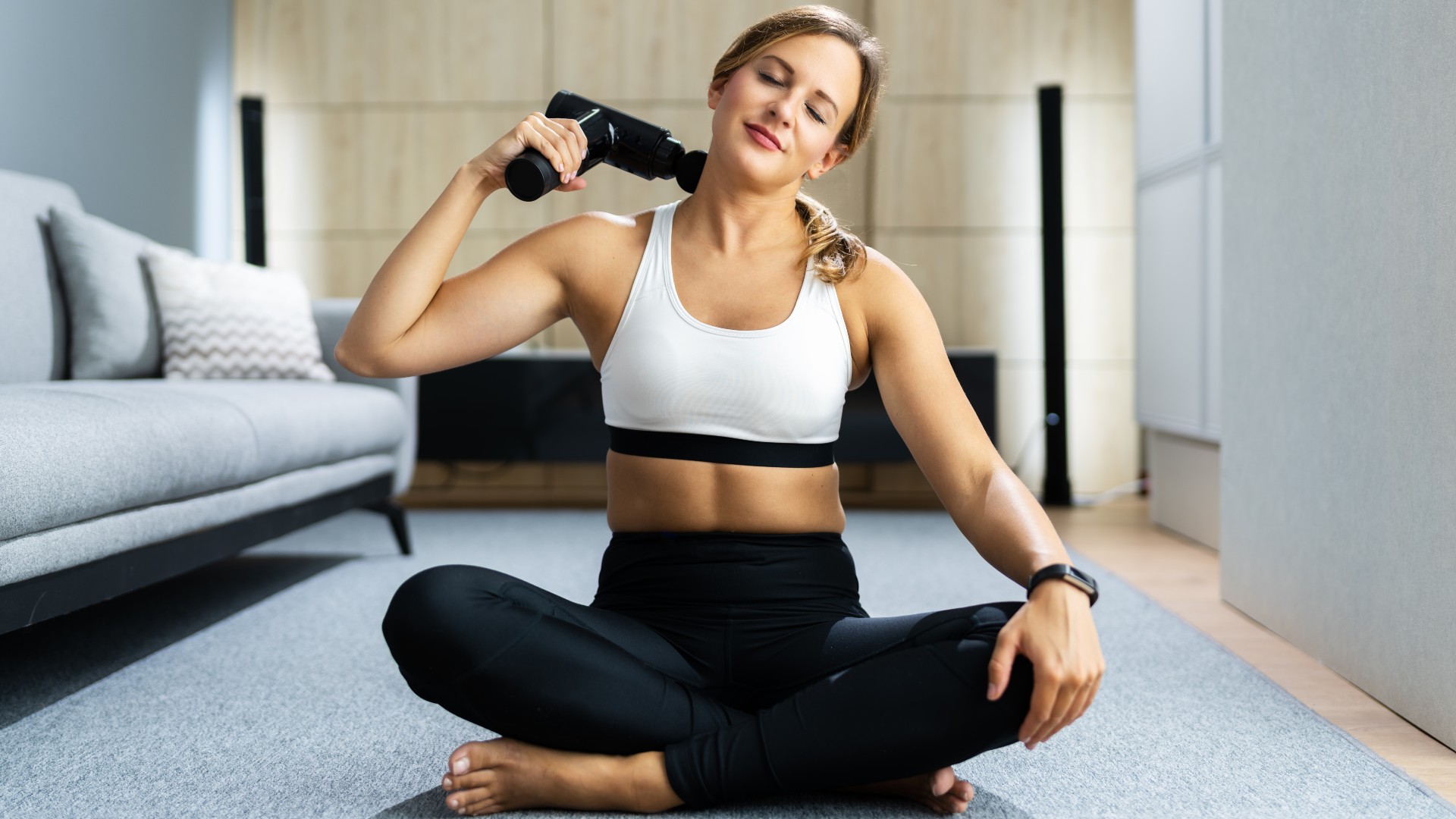
Theragun vs. Hypervolt: Which is best, and what differentiates a Theragun massage gun from a Hypervolt massage gun?
If you’ve read our buyer’s guide to the best massage guns, you’ll already know that Therabody and Hyperice are the brands to beat in the electric massage gun marketplace. Their premium massage guns — the Theragun Pro and the Hypervolt 2 Pro — offer similar features. These include a connected app, Bluetooth connectivity, and 5 PPM settings.
In this review, we’ve looked at some of the key differences between the two brands to help you decide which is the right one for you.
We’ve also gathered expert advice from a physiotherapist on how to make your choice, looking at which attachment heads you need and assistance in choosing a massage gun that’s lightweight enough to use for extended periods.
Background
Theragun was created by a chiropractor created after a life-changing injury prompted him to explore ways to improve muscle recovery. Since then, the Therabody brand has grown to include several percussive massage devices, including the Theragun Mini, and other accessories and treatments.
Hypervolt, meanwhile, comes from the company Hyperice which was recognized in 2021 as one of the World’s Most Innovative Companies. It works with elite athletes to develop a range of products, including percussive massage devices, air compression devices, and accessories. The Hypervolt 2 Pro also has a mini version called the Hypervolt Go.
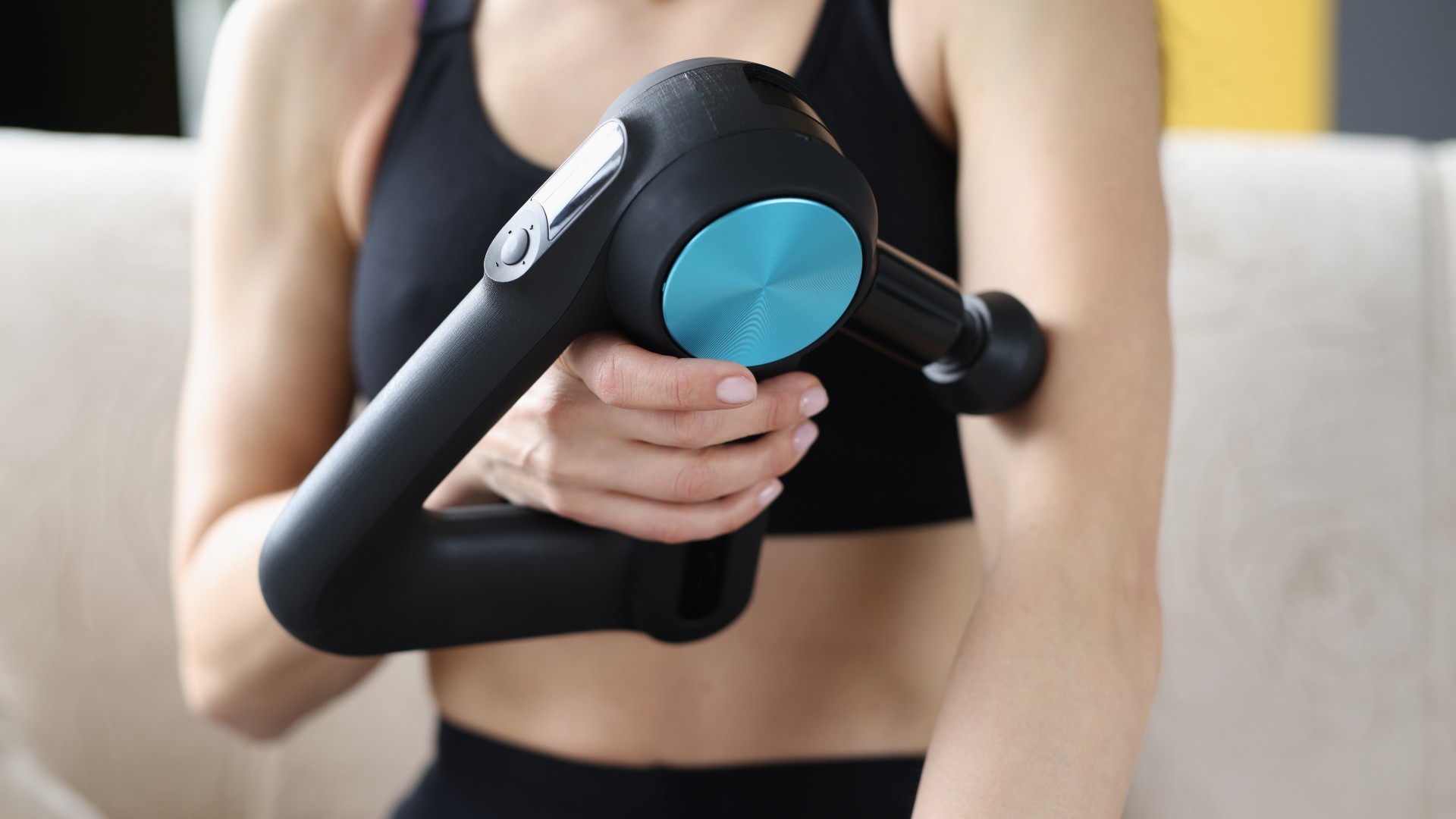
Price
When it comes to price, you can expect to pay at least a couple of hundred dollars more for a Theragun Pro compared to a Hypervolt 2 Pro. Theragun seems to have established itself as the premium brand to beat in the electric massage gun market. However, both brands’ budget options, the Theragun Mini and the Hypervolt Go, are roughly similar in price.
Percussions per minute
Both brands’ premium guns have five settings, with the Theragun Pro ranging from 1,750 percussions per minute (PPM) to 2,400 PPM. The Hypervolt 2 Pro tops out at 3,200 PPM, suggesting you can get a deeper massage from the Hypervolt. However, Therabody says its Theragun has a 16mm amplitude that reaches 60% deeper into muscles than other massage devices.
Weight
Compared to the Theragun Pro, which weighs in at 2.9 lbs, the Hypervolt 2 Pro is lighter at 2.6 lbs, and its predecessor, the Hypervolt 2, is just 1.8 lbs. However, the Hypervolt Go and the Theragun Mini are roughly the same weight, give or take an ounce or two.
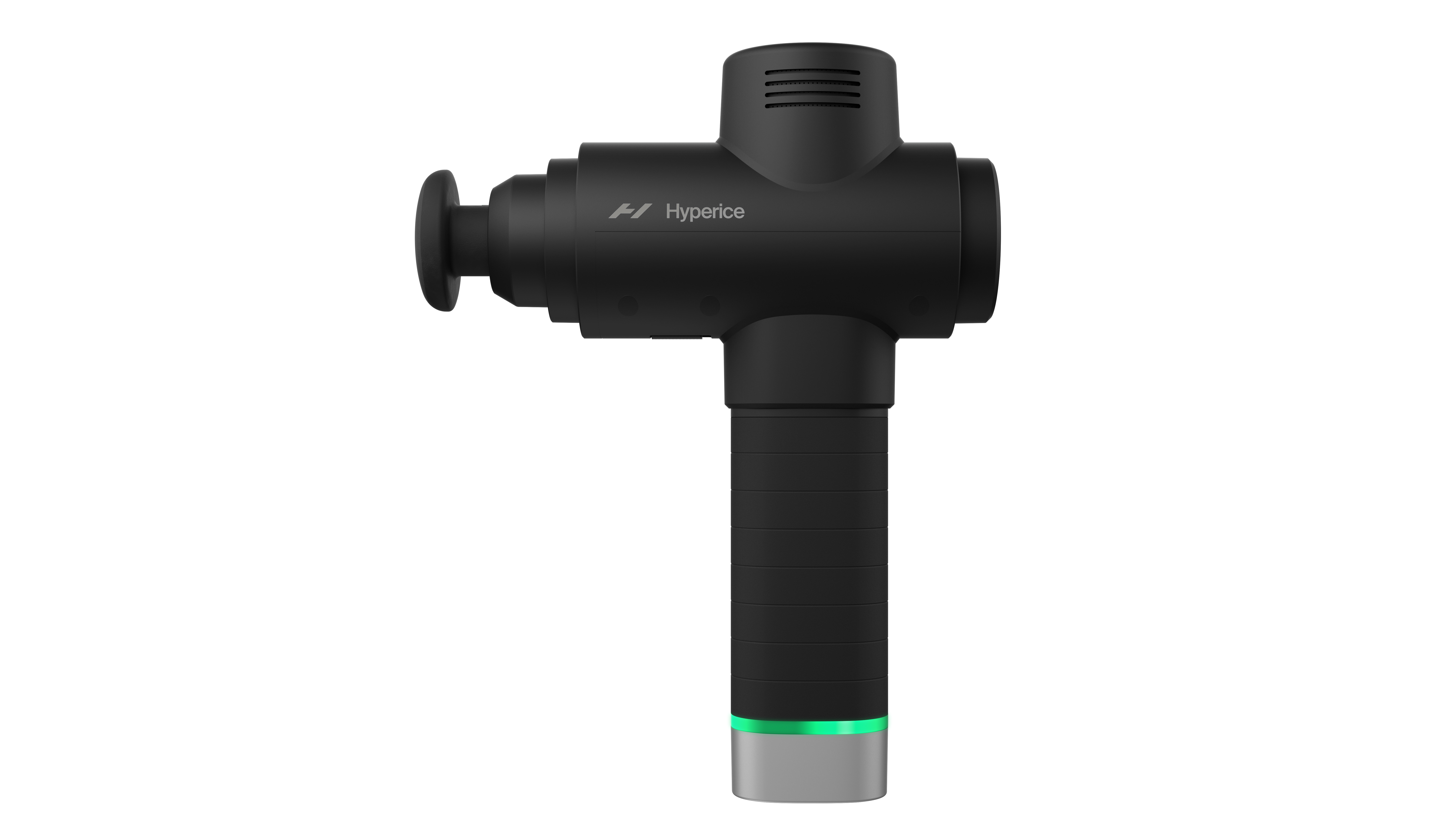
Features
The Theragun Pro and the Hypervolt 2 Pro offer very similar features, such as a connected app, Bluetooth connectivity, head attachments, and routines to follow. However, having tested both the Theragun and Hypervolt guns as part of our expert buyer’s guide, there are some design differences.
The Theragun Pro has a no-expense-spared look and feel to it, with a luxury carry case, sleek design, and an extra battery for more hours of usage. An OLED screen gives you data on speed, force, battery life, and Bluetooth connectivity. In addition, this massage gun is designed quite differently from other hairdryer-shaped designs, with a hollowed-out triangular design that allows you to grip the device in various ways, helping to reduce arm strain.
The Hypervolt 2 Pro looks more like a small hair dryer but has a sleek design and an ergonomically designed handle for ease of use. Instead of an OLED screen, it features a digital speed dial that you can use to toggle between the settings. But, overall, it doesn’t feel quite as luxurious and polished as the Theragun Pro.
Available models
Both brands feature premium high-end models with multiple attachments, connected apps, and five settings. Apart from a few details, such as design and battery life, there is little to distinguish the two in terms of user experience. The Hypervolt 2 is more basic, with three settings and no digital speed dial.
Each brand also offers a mini version of their premium gun, both of which are similarly priced. However, the Hypervolt Go features two head attachments, while the Theragun Mini features just one. In addition, both guns offer 3 PPM settings. Still, the Hypervolt Go provides Bluetooth connectivity and access to its proprietary app, which are missing from the more basic Theragun Mini.
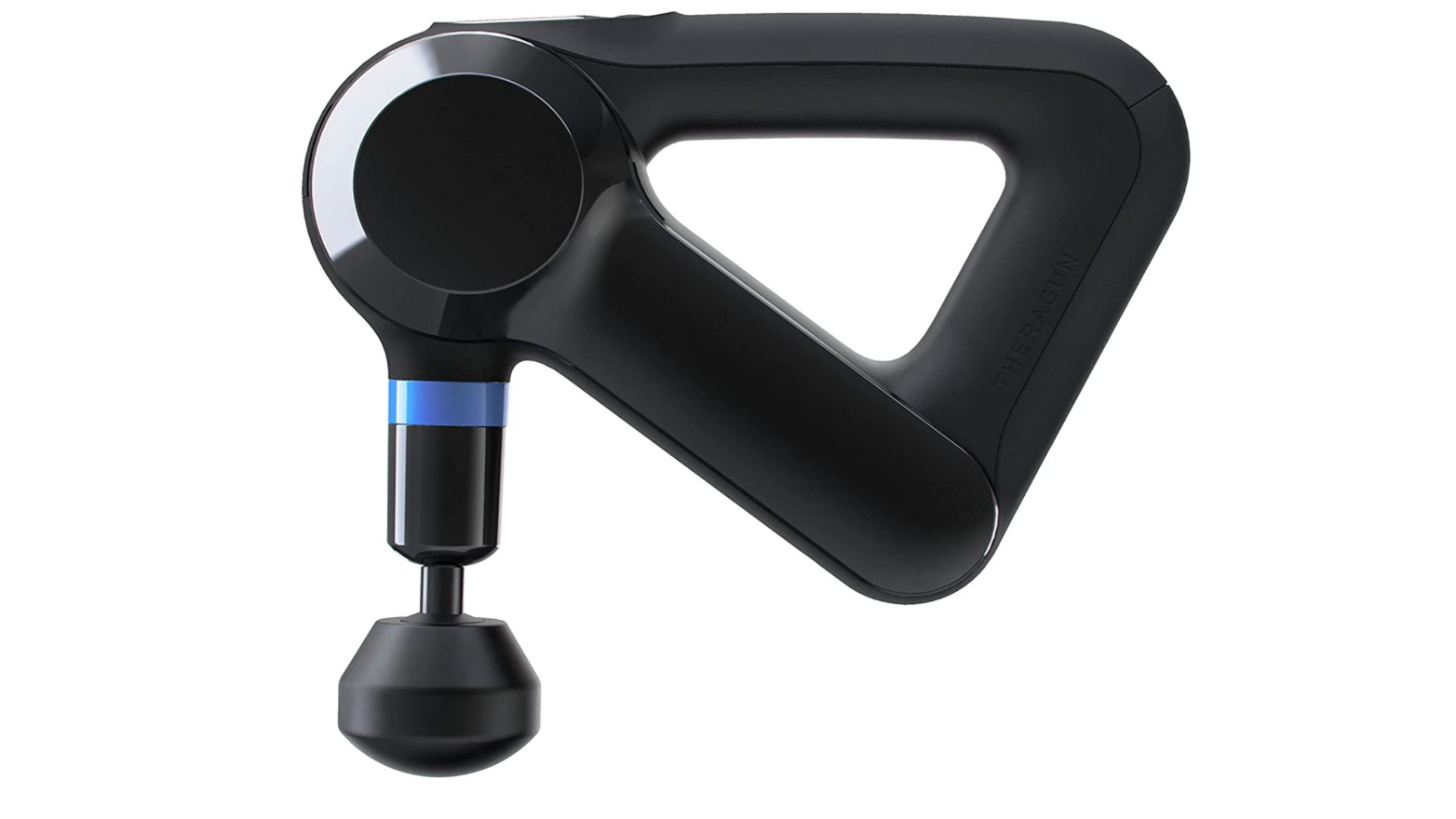
Research
Both Theragun and Hypervolt massage guns have been found to increase the range of motion after use, in two separate large-scale reviews of literature. However, there is currently no research that we could see that directly compares a Theragun massage gun with a Hypervolt massage gun.
Battery life and charging time
The Theragun Pro comes with an extra battery, giving users a total of five hours of continuous usage, and it takes around 75 minutes to charge each battery. The Hypervolt 2 Pro comes with one battery, lasting for three hours, and it takes approximately two hours to charge.
Both brands offer charging bases separately as accessories, which handily double up as display or holding units for the guns.
Stall force
Stall force measures the pressure it takes to stall the electric massage gun. Theragun Pro has a higher stall force of 60 lbs than Hypervolt 2 Pro’s stall force of around 30-40 lbs. However, only Theragun has identified its stall force explicitly, while user reviews estimate the Hypervolt figure.
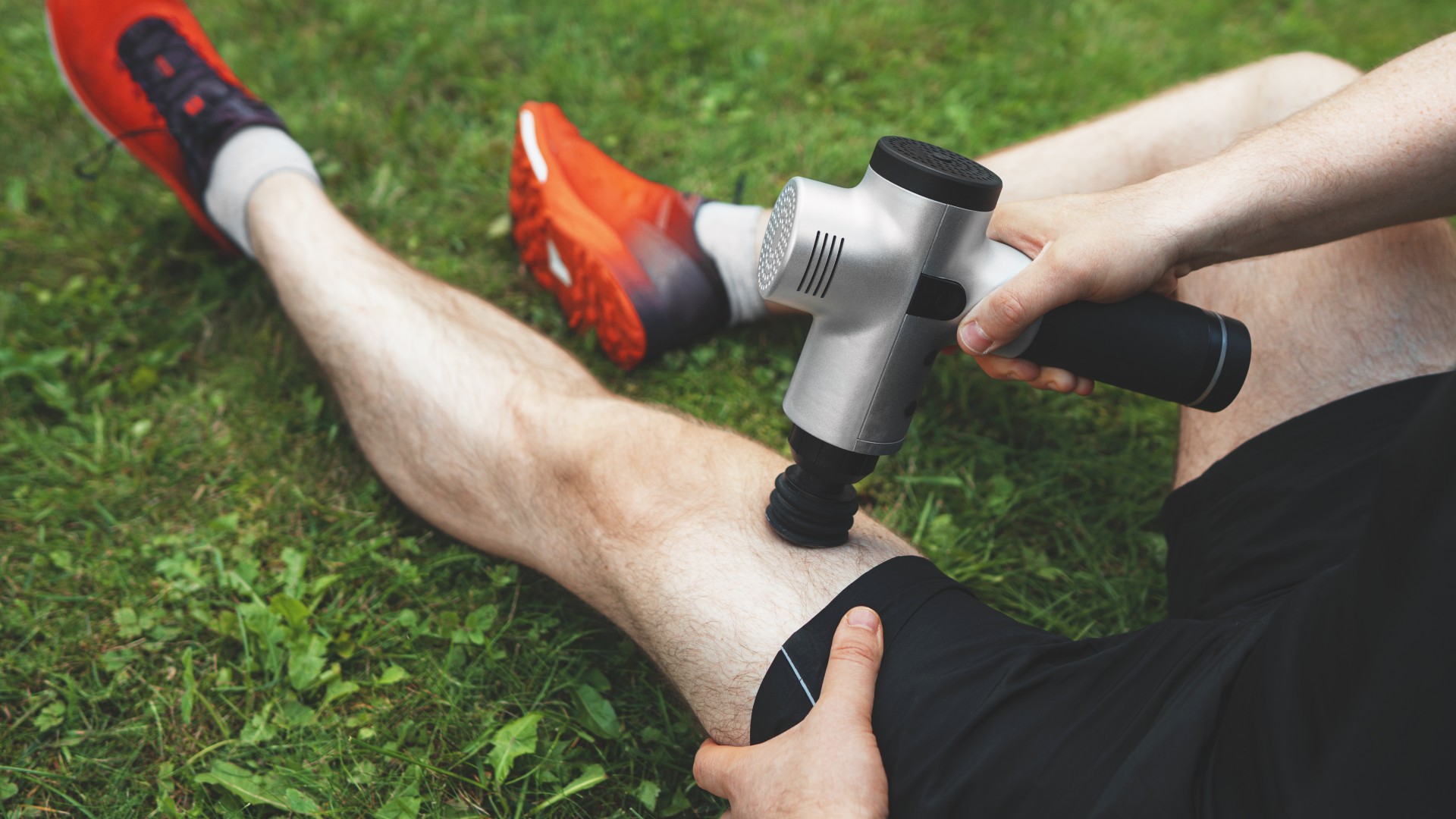
How can I decide which one to buy?
If you’re a newcomer to massage guns, look for models that offer a range of speeds and powers so you can gradually work your way up from the lowest setting.
Think about where you’ll use your gun. Will you take it to the gym or the office? Do you need a good range of attachments for every session? You may find a massage gun with a carry case more convenient. Do you tend to get wrist strain when lifting heavy objects or limited mobility? If so, a lighter model may be better for you.
We also spoke to physiotherapist Ash James, Director of Practice and Development at the Chartered Society of Physiotherapy, for his tips on deciding between the two brands.
“There is no high-quality research that suggests any one design is better than the other,” says James. His tip is to try different massage guns and their various attachments on specific muscles, if you can, before purchasing. “The muscles in your shoulder are much smaller than the meaty muscles in your quadriceps and hamstring. Different attachments will work for different muscles so try as many as you can before deciding. ”
Sign up for the Live Science daily newsletter now
Get the world’s most fascinating discoveries delivered straight to your inbox.
Joanne Lewsley is a UK-based freelance writer and editor, covering health and lifestyle news and features. She mainly creates evidence-based health and parenting content and has worked with a number of global sites, including BabyCentre UK, Medical News Today, Fit & Well, Top Ten Reviews, and Yahoo!











